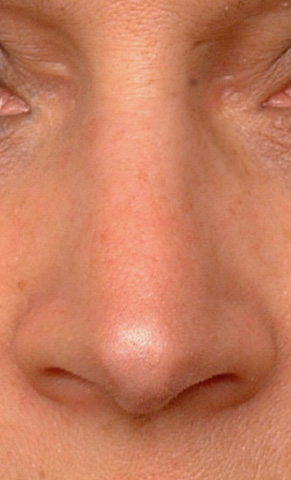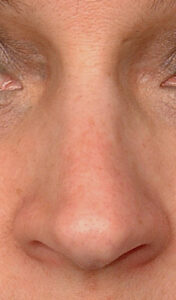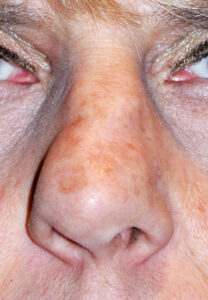Preservation of nasal airway breathing is an essential element of rhinoplasty surgery. One of the frequently used maneuvers in nose reshaping is dorsal hump reduction which is the most frequent causes of decreasing airflow due to internal nasal valve collapse. To prevent this adverse postoperative event the use of middle vault spreader grafts has been popularized which preserves/opens up the internal nasal valve angle.
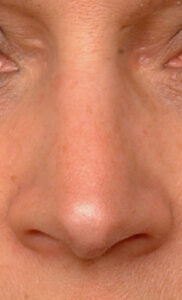
In the March 2021 issue of Plastic and Reconstructuve Surgery, an article on this topic was published entitled ‘Four-Step Spreader Flap: The Pull-Twist-Turn Technique’. Using the component dorsal reduction technique the authors describe a dorsal midvault shaping technique that is most effective when the dorsal hump reduction is 3mms or greater in height and the patient has strong upper lateral cartilages. After the upper lateral cartilages are separated from the septum, the lower end is pulled and unfolded medially. By so doing the folded lateral cartilage is abutted up against the septum. A running horizontal mattress suture is then placed from top to bottom advancing the folded lateral cartilages against the septum. Further support can be added by interrupted sutures along the midline cartilage construct.
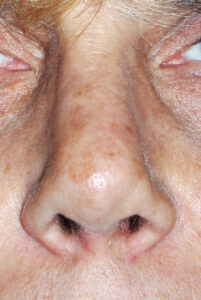
Dr. Barry Eppley
Indianapolis, Indiana

